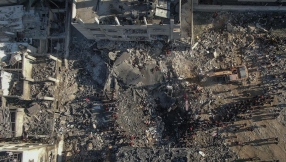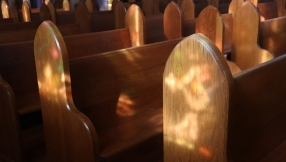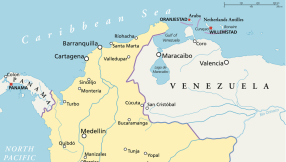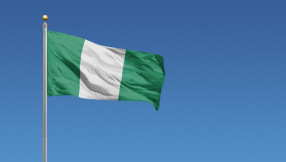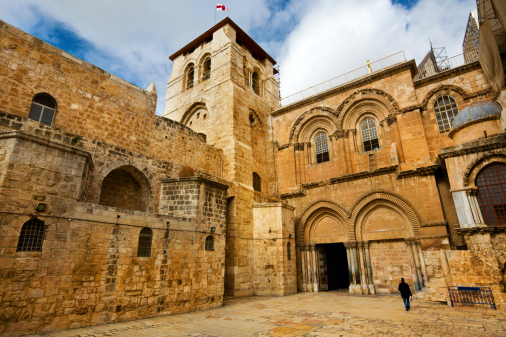
An archaeological dig at the Church of the Holy Sepulchre has apparently confirmed details recorded in the Gospel of John, namely, the presence of a garden in the place where Jesus was crucified and buried.
John 19:41 states (KJV), “Now in the place where he was crucified there was a garden; and in the garden a new sepulchre, wherein was never man yet laid.”
The current project began in 2022 after the Armenian and Greek Orthodox churches and the Roman Catholic Church, who are responsible for the site, finally agreed to commence renovations on the 19th century church floor.
Archaeobotanical and pollen analysis on samples retrieved from the dig suggest that olive trees and grapevines grew on the site around 2,000 years ago.
Professor Francesca Romana Stasolla, who is leading the project, told the Times of Israel, “The archaeobotanical findings have been especially interesting for us, in light of what is mentioned in the Gospel of John, whose information is considered written or collected by someone familiar with Jerusalem at the time.
“The Gospel mentions a green area between the Calvary and the tomb, and we identified these cultivated fields.”
As well as apparently confirming parts of John’s Gospel account, the dig has also unearthed later artefacts which shed light on the church located on Jesus’ tomb throughout its long history.
Parts of what may be the first iteration of the church built by the Emperor Constantine in the 4th century have been discovered. A hoard of coins dating from around the same time has also been found.
Moving on to the Middle Ages, a huge pile of animal and fish bones has been found. They are believed to be the remains of animals eaten by pilgrims and priests during the days of the crusades.
Excavations have been paused to allow Easter events but are set to continue after Holy Week.










